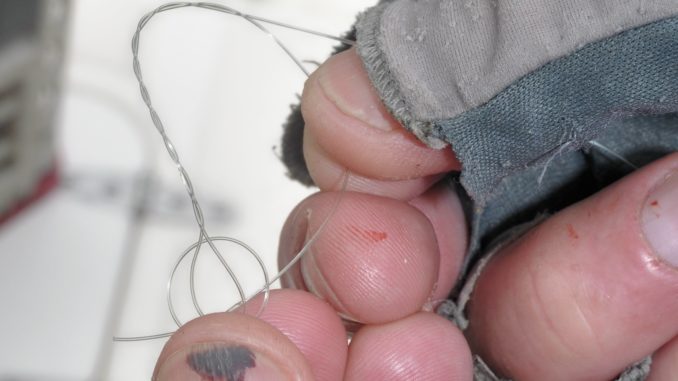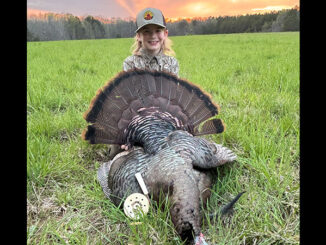
Fishing l knots and their relative strengths and weaknesses are logical birds’ nests for many anglers, but Don Enderle has some things to say about knots for big fish that are worth a listen. After all, he’s only been guiding for more than 35 years.
His main contention is a Trilene or improved clinch knot is fine with some line sizes but not others.
First, here’s how he ties his Trilene knot, which he uses for catfish.
• Double loop the tag end of leader through a hook eyelet or swivel eye.
• Twist the tag end five times above the eye, leaving at least 3 inches of tag end.
• Put the tag end through the bottom line loop.
• Wet the line twist with saliva.
• Cinch down the line until it’s tight.
Now here comes the interesting part:
“Some people, after they do (the third step), also thread the tag end through the top line loop,” Enderle said. “That can be good or bad news. I don’t do it.”
Enderle said what would appear to be a logical move to have line compressed by loops and pressure — because the knot should grow tighter when a fish is fighting and pulling — doesn’t work with small diameter line.
“You can put the tag end through the top loop with line that’s, say, 20-pound or more,” he said. “But if it’s not at least 20-pound, what happens is, when a bigger fish jerks against a hook tied with a Trilene knot of small test line, it can loosen the knot — and the knot can come untied and you lose the fish.”
Enderle said he wants at least 20-pound line tied to his hook before he puts his tag end through his two line loops before tightening. Otherwise, he just puts the tag end through the bottom loop.
“If your reel has 13- or 15-pound line, and you hang a big bass or striper and you have put the tag end through the knot once, it’ll just cinch it down tighter,” he said.





Be the first to comment